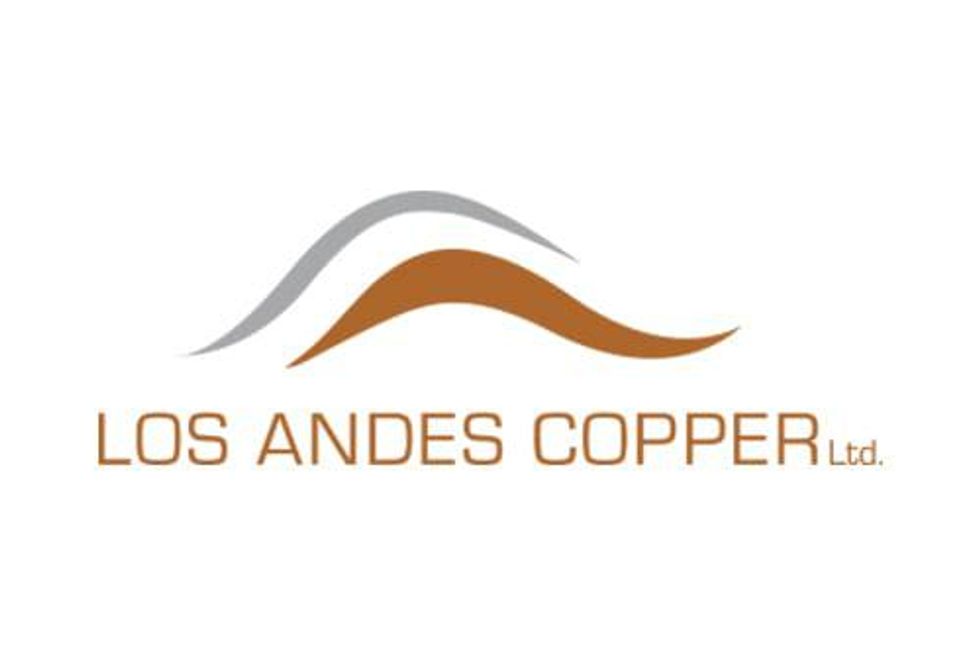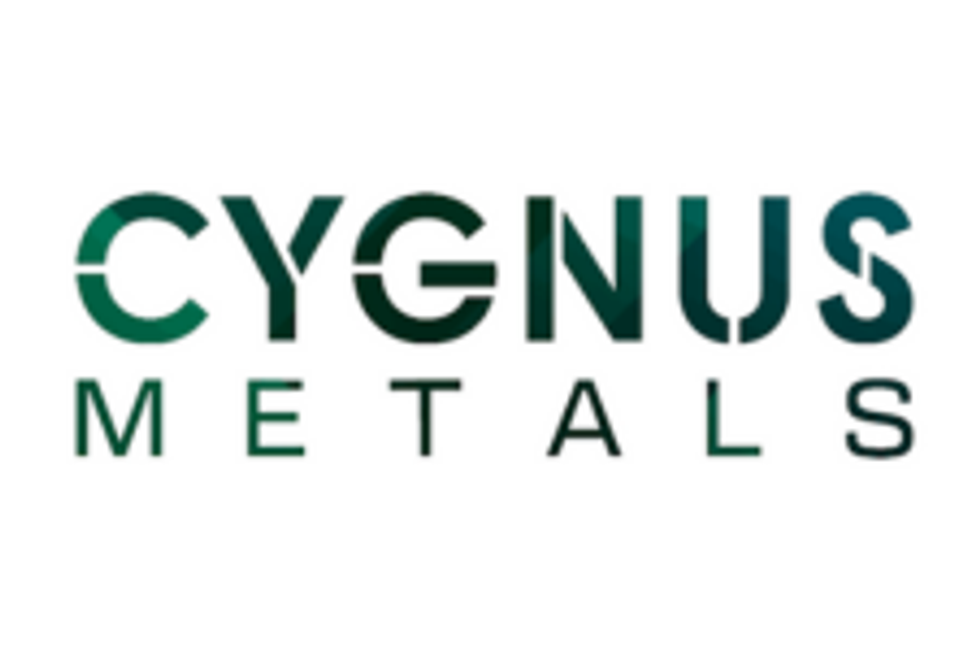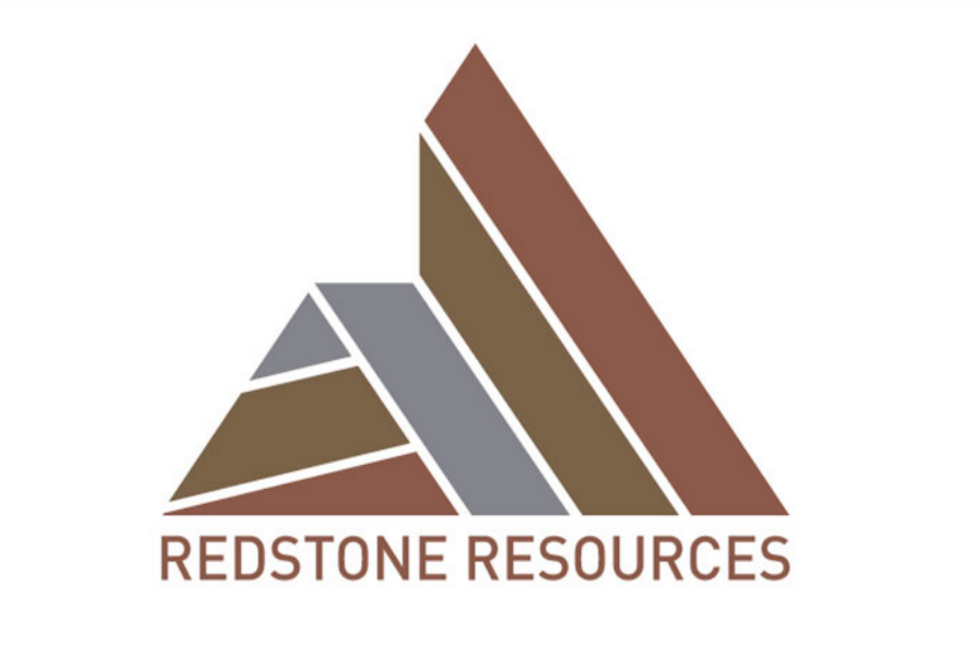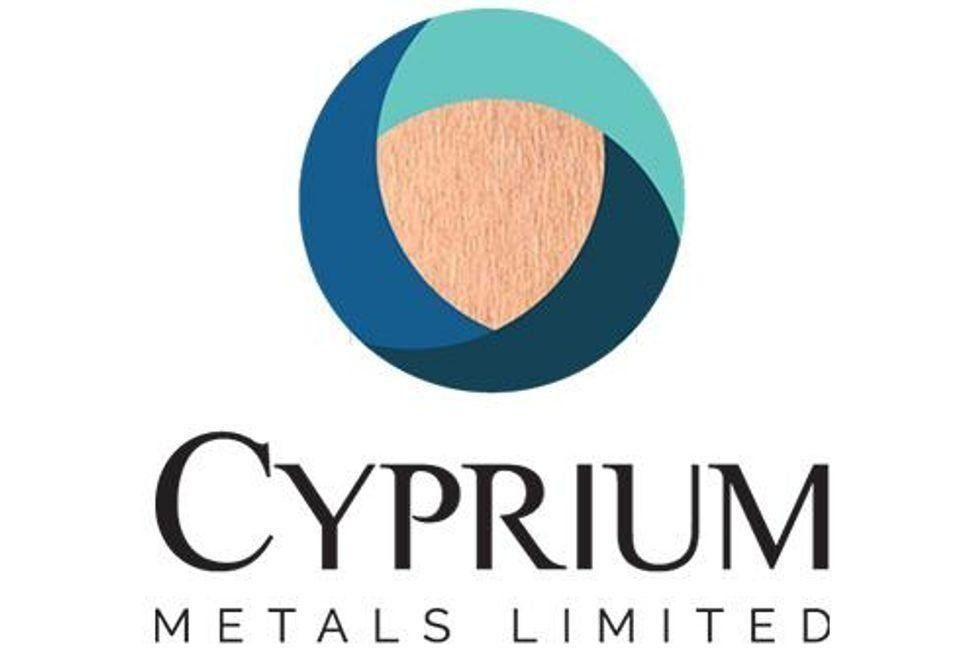Copper Rush? 2023 M&A Coming in Hot After Busy 2022
Copper deals hit US$14.24 billion in value last year, outpacing M&A in the gold space. Will the same thing happen in 2023?

M&A activity in the mining sector remained strong last year overall, but copper deals took the top spot by value at US$14.24 billion, outpacing gold as all eyes turned to the red metal’s key role in the energy transition.
“In a reversal of a four-year trend, buyers spent more on base metals than on gold, with copper driving the difference — strong evidence of increased interest in the red metal due to its central role in the green energy transition and concern over dwindling reserves and supply,” a report from S&P Global Commodity Insights reads.
Looking at the resource sector as a whole, deal values came in at US$24.49 billion in 2022. Major miners were the biggest spenders — they spent more money on companies than projects, and when they did buy assets they favored producing properties. In fact, last year, the top three deals were major-major takeovers, with two focused on copper and one on gold.
Will copper continue to dominate mining industry M&A activity in 2023? Read on for a look at the biggest copper deals of 2022, the top transactions seen so far this year and what experts see coming moving forward.
What were the top copper deals in 2022?
Copper prices reached an all-time high in 2022, surpassing US$10,500 per metric ton (MT) on the London Metal Exchange.
“We have had two to three years of higher prices, so mining companies have the financial firepower to deploy that perhaps they didn’t have before,” Nick Pickens, copper research director at Wood Mackenzie, said.
There were a total of 18 copper deals in 2022, four more than the previous year, and as mentioned their total value came to US$14.24 billion, as per S&P Global Commodity Insights data.
The following three deals represent the most talked about acquisitions in 2022:
- BHP (ASX:BHP,LSE:BHP,NYSE:BHP) takes control of OZ Minerals: BHP took the top spot last year in terms of deal value with its successful US$6.44 billion takeover of Australia's OZ Minerals, a copper producer that owned the Carapateena copper mine and the West Musgrave nickel project.
- Rio Tinto (ASX:RIO,LSE:RIO,NYSE:RIO) acquires Turquoise Hill Resources: Last year, Rio Tinto completed the acquisition of a 49 percent stake in Turquoise Hill Resources, taking full ownership of the company. The mining giant now has a 66 percent stake in the Oyu Tolgoi operation, which hosts the world's largest-known copper and gold deposit. The deal was valued at US$3.3 billion.
- Glencore (LSE:GLEN,OTC Pink:GLCNF) sells CSA mine to Metals Acquisition: Swiss miner Glencore sold its CSA mine in New South Wales, Australia, to Metals Acquisition for US$1.1 billion in 2022 in the third largest copper deal by value. CSA produces about 40,000 MT of copper each year.
What are the top copper deals so far in 2023?
Copper M&A activity shows no signs of slowing down in 2023. Here's a look at key transactions so far:
- Newmont’s (NYSE:NEM) bid for Newcrest Mining (ASX:NCM,OTC Pink:NCMGF): The world’s largest gold miner put its eyes on Newcrest early on this year, making a final takeover offer of about US$19.2 billion in mid-May. If successful, this will be the biggest-ever deal in the gold space, but it will also give Newmont significant exposure to copper. Once the acquisition closes, the company said it will have combined annual copper production of approximately 350 million pounds from Australia and Canada.
- Glencore’s persistent hunt for Teck Resources (TSX:TECK.A,TSX:TECK.B,NYSE:TECK): Mining giant Glencore has been pursuing Canada’s largest diversified miner Teck since the beginning of April, and Teck has been consistently against its proposals. The unsolicited deal, now set at US$23.2 billion, came after Teck produced its first concentrate at Quebrada Blanca 2 in Chile ― an asset that is expected to double the company's copper production. Glencore is proposing to merge with Teck and create two separate companies: GlenTeck, which would hold both companies' metals portfolio, and CoalCo, which would encompass their coal assets.
- Lundin Mining (TSX:LUN,OTCQX:LUGDF) to buy majority stake in Caserones mine: Just before the first quarter of the year came to a close, Canadian company Lundin Mining said it plans to acquire a 51 percent interest in Chile’s Caserones mine for US$950 million. Looking to grow exposure to what Lundin Mining believes is a growing top-tier copper mining district, the company signed a deal with JX Nippon Mining & Metals to buy the majority stake in Lumina Copper, which operates the mine. The Canadian miner currently has projects near the asset.
- Hudbay Minerals (TSX:HBD,NYSE:HBM) to acquire Copper Mountain Mining (ASX:C6C,OTC Pink:CPPMF): In April, Hudbay Minerals said it will buy fellow Canadian company Copper Mountain Mining in a deal valued at US$439 million. The transaction will create the third largest copper company in Canada, according to Hudbay, which said the combined company is to produce 150,000 MT per year of the red metal.
Will copper M&A activity continue in 2023?
Despite the wave of activity seen thus far, it's possible that the current macro environment will influence miners' willingness to engage in M&A in 2023, analysts at S&P Global Commodity Insights said. They mentioned inflationary pressures on wages and consumables, as well as labor shortages, as factors that may weigh on deal making.
“With expected slowness in global economic growth, demand for commodities may weaken, along with prices to some extent, which could cause miners to hold off on purchases in the short term,” the report reads.
That said, Wood Mackenzie's Pickens said that when making investment decisions, copper companies should be using long-term prices as their key metric rather than focusing on short-term fluctuations.
“In past cycles we have seen that periods of lower copper prices have slowed down the pace of project commitments, mainly because companies were more concerned with preserving and balance sheets and profitability, rather than investing in growth,” Pickens said. “But looking ahead to the next two or three years, we don’t see copper prices dipping so low to the extent that it will damage free cashflow and prevent investment.”
Wood Mackenzie sees a significant number of projects in the pipeline that could potentially be developed over the next decade, and says that could equate to around 17 million MT per year of annual production.
“This compares with a shortfall of 5.5 million MT in the same period. However, permitting and sufficient return on capital investment are key bottlenecks,” Pickens explained. The research director added that the recent spate of M&A activity has been a result of companies buying growth options, rather than growing organically.
“This is the quickest route, and in some cases the best value option. But it doesn’t benefit the industry as a whole, because acquisitions don’t add new copper units to the market directly,” he said. “In fact, the concern is that consolidation actually constricts the project development pipeline and we end up with less investment into the ground as a result.”
Speaking about the current M&A spree in copper, Joe Mazumdar, editor of Exploration Insights, said that eventually companies will have to turn their eyes to assets that are yet to come on stream.
“M&A in production doesn’t take the risk of capital development, execution … you are going straight into production,” he said. “I think that will migrate, as it is in the gold sector, to people looking eventually at single-asset developers, which are trading at a big discount because of the financing obstacle that they have to surmount.”
For Mazumdar, companies are having a hard time developing new projects as governments change permitting and make it more difficult for projects to get going. “Some countries are also changing their mining tax policies, so some companies are holding back investments because of that,” he said.
All in all, the expert expects M&A in the copper sector to continue in 2023.
“These private placements to help exploration companies drill projects, as we've seen recently, should continue, because companies have money and they probably don't have much of a pipeline,” he said.
What makes an attractive copper acquisition target?
Whether they're looking to acquire a company or a single asset, copper majors have various considerations.
Mazumdar said one of the main things prospective buyers look at is the underlying resource.
“How real is it? It has to be a sufficient size to get them the minimum value of copper to impact their balance sheet or their production profile — it's got to be meaningful,” he said.
This is also particularly true if the project is in a country where the company doesn’t have any operations.
“It would have to sometimes be a significant project for them to go through all the hurdles of getting into a new country,” he said. “If it's just a project near their own project it doesn't need to be that big, but infrastructure will be very important.”
But it all boils down to what the specific company is looking for when acquiring an asset or company.
“Do they want incremental production? Because the problem is that permitting new projects is difficult,” Mazumdar said. “So if you've already got a plant that's winding down on the ore in the mine that you're working on currently, then you would be looking at other companies' projects nearby to see if they can work in your plant.”
Don’t forget to follow us @INN_Resource for real-time updates!
Securities Disclosure: I, Priscila Barrera, currently hold no direct investment interest in any company mentioned in this article.
Editorial Disclosure: The Investing News Network does not guarantee the accuracy or thoroughness of the information reported in the interviews it conducts. The opinions expressed in these interviews do not reflect the opinions of the Investing News Network and do not constitute investment advice. All readers are encouraged to perform their own due diligence.
- Top 10 Copper-producing Companies (Updated 2023) ›
- Joe Mazumdar: Increasingly Bullish on Copper, Permitting a Big Supply Problem ›
- Could a Lack of Investment in Copper Supply Derail the EV Story? ›
- Copper Prices Could See "Astronomical Rise" as Supply Concerns Increase ›
- Copper Supply to Catch Breath in 2022 Before Heading for Significant Deficit ›






